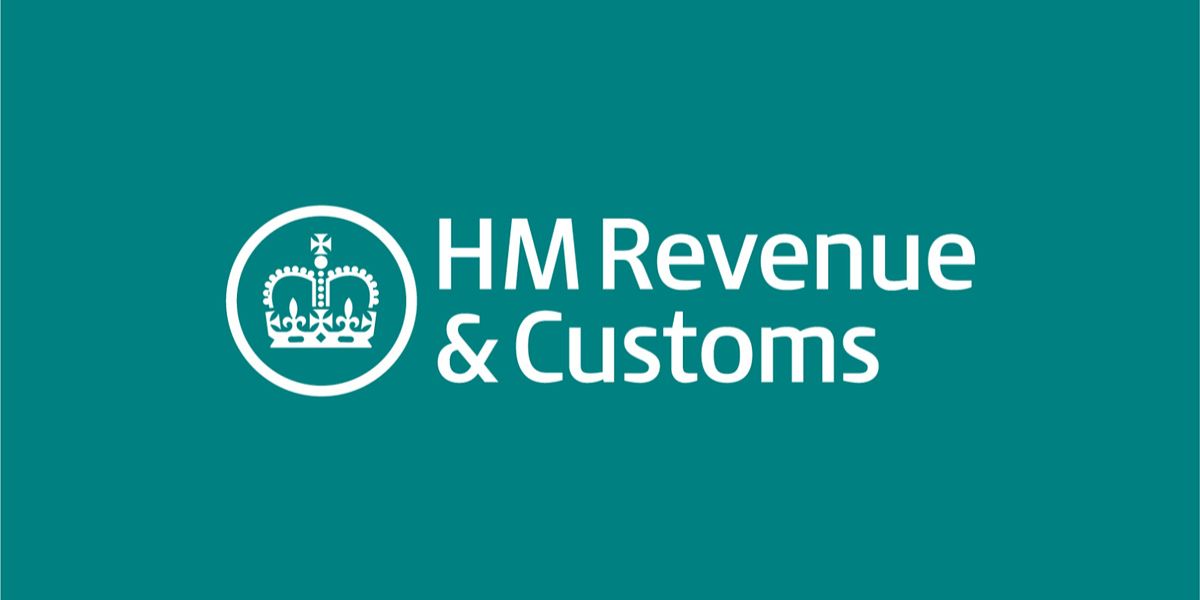On 23 March 2015 HMRC published its Departmental Improvement Plan for 2014. HMRC has been given the objective of maximizing revenues, improving taxpayer services and making sustainable cost savings.
In 2013/14 HMRC collected total tax revenues of GBP 505.8 billion, and this included the best ever compliance performance as measured by additional tax collected from enquiries and other compliance activities – GBP 23.9 billion in 2013/14. This additional amount collected is estimated to increase to GBP 24.5 in 2014/15 and to GBP 26.3 billion in 2015/16.
Customer experience
HMRC considers that by getting to grips with issues surrounding payroll it can help customer experience improve especially as taxpayers become more adept at coping with real time reporting. The experience of taxpayers dealing with their self assessment returns has improved mainly as a result of a flexible resourcing model introduced by HMRC. They have also made tax repayments earlier, issued information about the deadline for payments and issued better guidance.
HMRC is committed to reducing the financial burden for taxpayers dealing with their tax affairs. An overall cost reduction is to be achieved by introducing new processes and digital services such as real time information. By improving processes and methods of delivery HMRC are generating cost savings for the department which are estimated at GBP 235 million in 2013/14.
Digital services
Digital services include real time information (RTI) that keeps the PAYE system up to date with modern employment patterns by keeping pace with frequent changes of jobs and tracking people with more than one job or pension. By the end of 2013/14 more than 95% of PAYE schemes with employments were reporting more than 99% of individual PAYE records in real time. HMRC intends to make more use of RTI data in future.
HMRC still sends out more than 40 million paper outputs such as notices or reminders each year even though around 85% of self assessment taxpayers file online. HMRC is introducing paperless services through which emails will direct taxpayers to their online account. A further 22 million paper outputs will be removed from the self-assessment system by 2019.
Small and medium businesses can register, file and pay tax under self assessment, corporation tax, VAT and PAYE in a single place through the digital service called Your Tax Account. The personalized home page allows them to see their tax liabilities and link to the relevant guidance. This scheme was begun on a small scale from February 2014 and more widely from May 2014.
HMRC aims to ensure that all taxpayers have a personal online tax account so they can complete all their tax affairs in one place. There will ultimately be two digital services, the Personal Digital Tax Account and the Business Digital Tax Account.
The Personal Digital Tax Account will have the appearance of a personalized version of the UK government website and will bring the taxpayer’s details together in one place, allowing people to view their data and check progress on queries and payments.
The Business Digital Tax Account is developing from the example of Your Tax Account that helps small businesses. Business Digital Tax Account is intended to give businesses a chance to view a complete picture of their tax situation in one place. This will include tasks such as filing returns, making payments and communicating securely with HMRC. This is already being tested with an increasing number of small businesses.
A service known as Agents Online Self Serve will enable agents dealing with tax affairs to act on behalf of their clients. HMRC is introducing a secure process for agents to register with HMRC and act for their clients across a range of taxes. The service is being expanded for wider use in 2015.
International Coordination
A new international coordination team is helping to connect up the various areas of HMRC dealing with international issues. This ensures that the experience of international issues is made available across all sections of HMRC. It also helps efficiency by spotting areas of overlap. International work is also helped by staff secondments abroad.
Improvement Planning
Improvement planning for the future includes building trust with taxpayers and personalizing taxpayer services. Compliance activities will be conducted using data analytics and resources will be directed towards upstream compliance, making sure that returns are correct and there is less need for enquiries and appeals in most cases. Digitalizing tax returns means that there will be a “once and done” approach. There will be also attention paid to the skills of the workforce and use of new analytical tools.
















